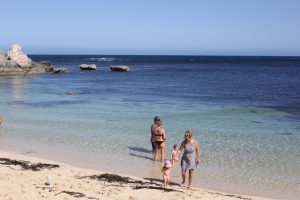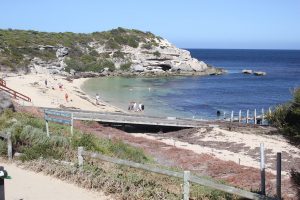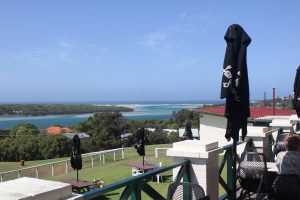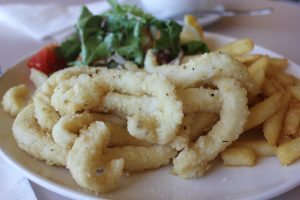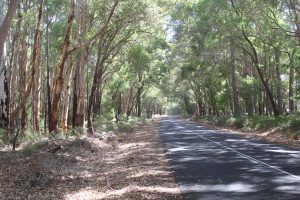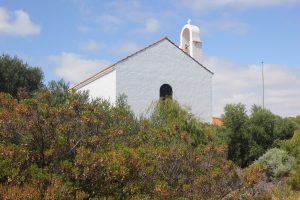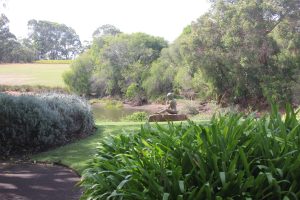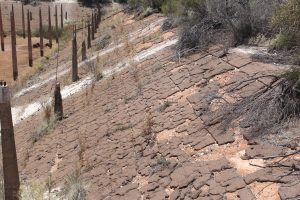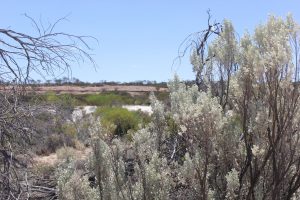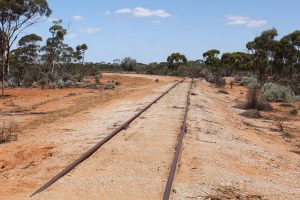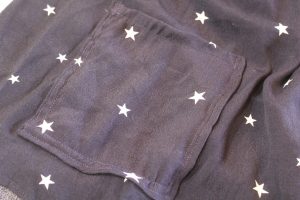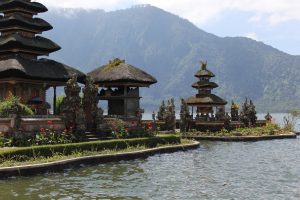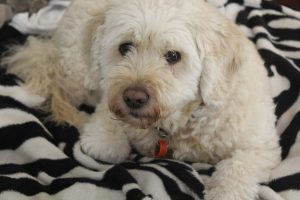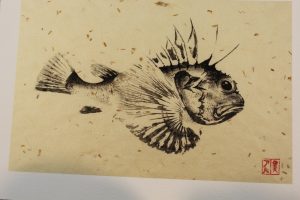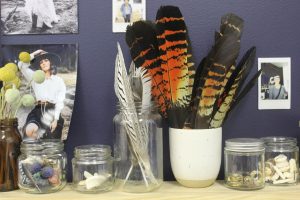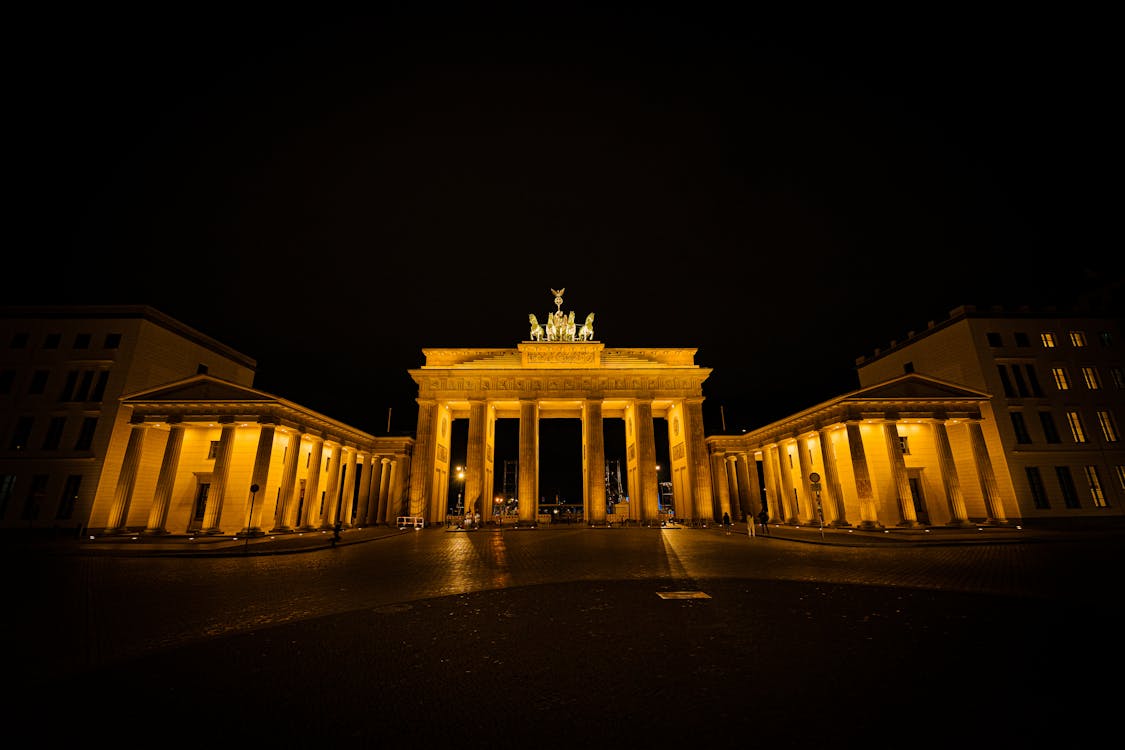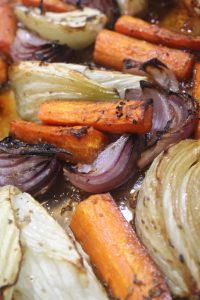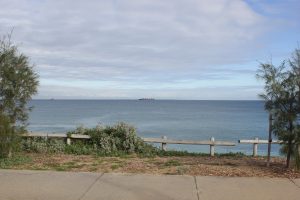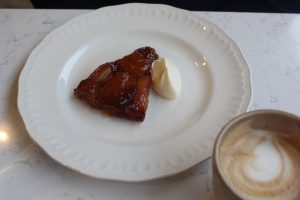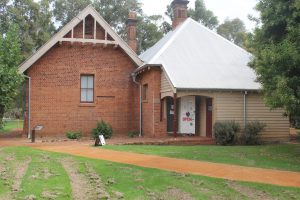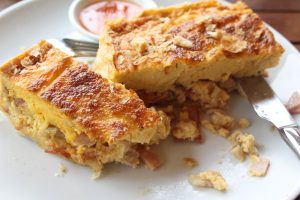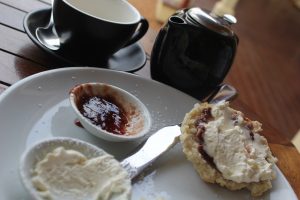We love Bali. For years we visited regularly but Covid prevented us from coming for three years. Now we’re back! We stay at the same villa, we’ve visited old friends, caught up with the wonderful staff here, eaten at our favourite restaurants and cafes and found a few new ones, had massages and reflexology and spent hours in the pool, chatting and bobbing about. It is wonderful! Here are a few things you need to know before you come to Bali. All interspersed with photographs of food because the food in Bali is wonderful.




SEVEN THINGS YOU NEED TO KNOW ABOUT BALI
ONE Bali is 8° south of the Equator so you will burn easily just walking around. It is very hot most months of the year. Bring a 50SPF sunscreen and reapply after swimming, wear a hat and stay in the shade in the hottest part of the day. The streets are full of badly burnt tourists! Be especially careful to protect young children from burning.


Not glamorous but good protection in the pool. I wear a rash top in the pool and add a hat when I’m not actually swimming. Rash tops, which look like fitted shirts, are made out of spandex, polyester or nylon manufactured with UPF, (ultraviolet protection factors) and provide some protection from the sun. They are most effective used in conjunction with sunscreen.


I love being in the pool! Instead of just counting steps every day I like to keep a tally of laps, too. These are my lap markers, which worked well until there was a gust of wind and they blew away!
TWO The Balinese are hospitable people and very welcoming. They don’t like confrontation. Stay calm and polite and a solution will be found.
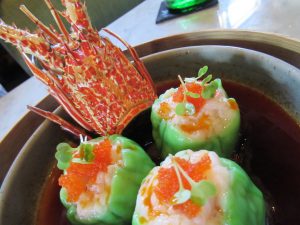

THREE Clothing needs to be cool and protective. The Balinese are modest and tolerant but be mindful about what is on display. There’s clothing for sale in Bali to suit every budget. Explore and enjoy!
FOUR Taxis are everywhere and very affordable. You can choose from cars, motorbikes and scooters. Always check the taxi has a meter or negotiate a price before setting off. Tipping isn’t common but you can easily round the price up or have a small denomination note ready to give to the person providing the service, such as a masseuse, as you leave.




It’s late autumn in Western Australia and my feet have been hidden in shoes and boots so straight in for a pedicure .


The family legs lined up for an hour of reflexology. Not quite traditional Chinese reflexology, but it’s very good, anyway.
FIVE Authorized Money Changers advertise their rate outside the building and are more reliable than exchanging money on the street where it is hard to count reliably. There’s ATMs but the exchange/withdrawal sequence can be different from what you are used to and can be confusing.




Make sure you stay well hydrated.
SIX The food in Bali is amazing and affordable. Online restaurant reviewers are the most up-to-date source of information as more and more cafes and restaurants open or reopen after the pandemic. We usually eat breakfast at the villa then go out for a remarkable lunch and then snack on something light for dinner. Old favourites, Chandi’s ( accompanied by a jug of margaritas!) and Mamma San feature every few days but there are many choices to suit all budgets.




Sometimes late in the evening you need emergency supplies delivered to the villa.
SEVEN Bali belly, or gastro, can happen any time! Don’t eat from street stalls unless the food is taken out of a fridge to be cooked for you as you wait such as at a local warung. Otherwise, visit local cafes and restaurants. There are so many! It’s best to also carry anti-diarrhoea medication and re-hydrating products, just in case. There’s Apotek/Pharmacies with basic supplies. Symptoms include vomiting and diarrhorea and will probably resolve within 12 hours otherwise seek medical advice.
Bali is known for its amazing beaches, beautiful mountains, terraced rice paddies, lush tropical forests and the warm welcome from the local people.Know as The Island of the Gods, there are temples in the eastern corner of every family compound and everywhere else, too. If you’re lucky, you will see one of the many parades and performances at a temple, celebrating special religious days, weddings or other events.


Dinner in Nusa Dua with dear Balinese friends at Mr Bob Bar and Grill. Really good food. We enjoyed ribs and steaks, imported from Australia. They were the best! Attractive building, attentive staff and a good night out. If you’re interested in genuine Balinese cuisine, he has another restaurant behind the Bar and Grill. We’ll go there next time!
Being in Bali is very relaxing. You can be busy sight seeing, snorkeling, swimming or surfing. You can eat fabulous food. You can indulge in massages, spa treatments and our favourite, reflexology. You can do a yoga class, just relax in the pool, catch up on emails or read a book.
We celebrated our 39th Wedding Anniversary while we were here. Housekeeping Staff saw our cards so we arrived back from lunch to this lovely surprise!


It was also Mother’s Day during our stay. We were lucky our son was able to join us for just over a week so we celebrated the day at one of our favourite restaurants. Such a lovely day.


Have you been to Bali? Tell me your favourite Bali stories.


